In SCJP Book there is one Table

I am confuse at Last Row. If x.hashCode()! = y.hasCode() than why is ut "Required" That x.equals(y) == false.
Because from my understanding if HashCodes are different than there will be different buckets and finding Object from it will not create Problem than why "x.equals(y) == false" required?
Lets Assume That x.hashCode()! = y.hashCode(). And x.equals(y) == true.
Does it make any difference when I retrieving Or Adding object from Or To Map OR Set.?
Any Example Will Be Appreciated.